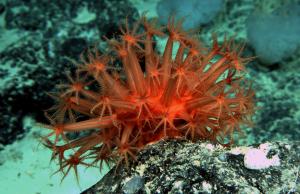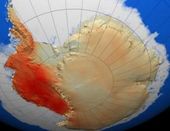
© Jerry FranklinOld, unmanaged trees in the western US are dying twice as fast as they were 50 years ago
The majestic old trees of the western US are disappearing twice as fast as they were three decades ago, and climate change is most likely to blame, say scientists.
Philip van Mantgem of the US Geological Survey and colleagues collected data from 76 plots on the west coast - from California up to British Columbia, Canada - and in Idaho, Arizona and Colorado. These are plots without any direct human management, so any tree loss is not due to logging.
The team focused on old forests, where many of the trees were at least 200 years old, and sometimes as much as 1000 years old. In 87% of the plots, trees are disappearing faster than new trees are springing up. Death rates varied, but the trend held whether the trees were old or relatively young, big or small, high up in the mountains or down in valleys.
The Pacific Northwest, including the pine trees of British Columbia, were the worst affected - death rates there are doubling every 17 years.



Comment: There is more behind this story than meets the eye.
The Steig paper has been found to have some data errors and is raising other concerns about the agenda of the global warming advocates behind it.
Read about the data errors here.
Read how this paper was promoted by big media with robust disdain for critical thinking here.